What is the difference between entry level, mid-range, and high-end bike frames?
If you’re reading this, you’re likely in the throes of hunting for a bike. There’s also a good chance that you’re a bit lost as to what makes the most sense when it comes to buying a bike because the price range is vast and wide! So, what the heck is the difference between a $1200 bike and a $12,000 bike? This question just might have your head spinning, and finding what best suits your needs and budget has you chasing your tail instead of being out on a glorious bike ride. Whether you are brand new to cycling, have been riding for a little while and are ready for an upgrade, or the last time you bought a bike Reagan was still in office, we think we can help bring some clarity while helping point you in the right direction.
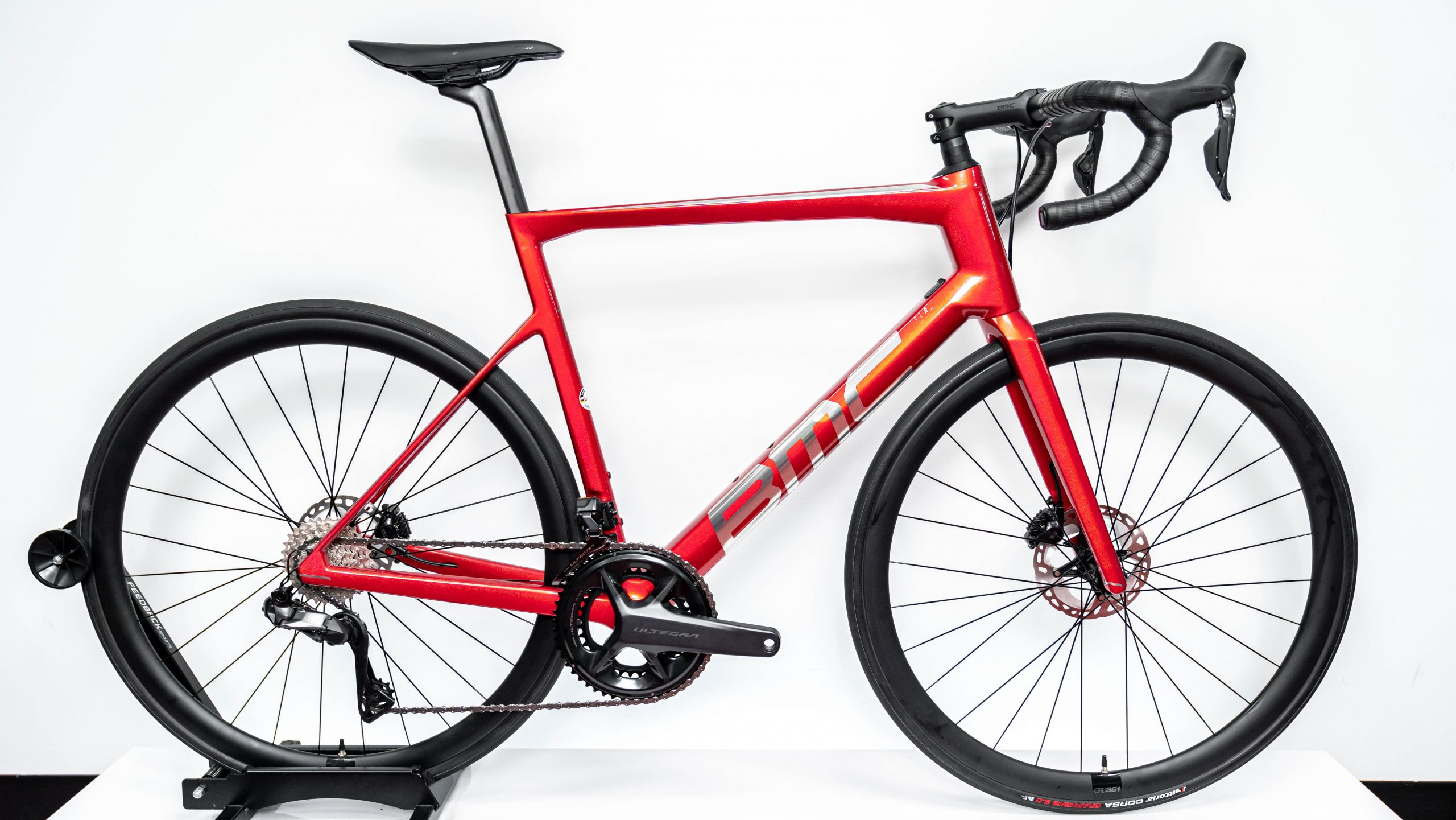
“…carbon bikes come in many form factors and variations based on the way the frames are built.”
Frame Types
Chances are, you’re looking at either a carbon or some type of metal / alloy bike, and the differences between these frame materials will definitely have a significant impact on the cost of the bike. In fact, the frame can be the most expensive component of the entire bike. Wheels, drivetrains, power meters, and other components can also cause the overall cost to skyrocket, so we will get to those in another post.
Let’s start by asking a few questions that will help us out here:
- What is your budget?
- What kind of riding to you plan to be doing, and how often do you plan to ride?
- Racing
- Commuting
- Recreational
- Are you the hard-core “I’m gonna ride in all weather conditions” type, and how hard are you on bikes in general?
- Is a used bike potentially an option for you?
Your Budget
There are so many incredible bikes out there to choose from, and the different manufacturers, especially many of the bigger ones, seem to have budget options that work for most everyone. But what are you not getting when you buy a $2000 bike that you get with an $8000 bike? That is a really good question that you should definitely be asking yourself! Spoiler alert, you’re going to enjoy whatever bike you choose because it’s hard to not have fun riding; however, there are some differences that can have an effect on that fun factor when we break down the options. Some of these factors are quite significant, and others are pretty marginal. Here are some of the differences and what to expect.
Frame Type
Without a bike frame, you just have a pile of parts! So, let’s see if we can help you determine what is best for you! In most cases, an entry level bike in the sub $2000 price range is likely to be made from an alloy material or a carbon fiber that is more budget friendly. But how does “budget friendly” translate to a completed bike frame? Is it really that different? Let’s find out…
Entry level bikes are generally quite a bit heavier than their premium counter parts, they are not as compliant (meaning that they are not as stiff or forgiving in the places you want them to be), and they are not quite as performance driven. The manufacturing process for all bike frames is quite impressive when you take into account the materials that are used, how they are designed, and techniques used to actually build the frames. However, the variations in the processes are just as vast. Two bikes with the exact same shapes and geometry, but made with different materials and production processes can have significantly different ride feels, performance characteristics, and overall weights. So, metal / alloy bikes, lower modulus carbon bikes, and high modulus carbon bikes will be noticeably different, especially after you spend some time on each of them.
What is the difference between metal/alloy bikes and carbon bikes?
Carbon Bike Frames
Carbon fiber is rated based on its tinsel strength, so the higher modulus carbon is going to be stiffer, which is more efficient and handles better. If a carbon fiber is too high modulus, though, it can become brittle, so there is a balance to all of this in order to give the bike frame greater performance values while being safe and durable at the same time. In addition to the carbon fiber, the resin used, which is a key component to the carbon bike production process, can make a pretty significate impact on the frame. If more resin is required to build the frame, the frame will be heavier and not perform nearly as well.
The build process can be quite different, too. Some frames are made by bonding together individual carbon fiber tubes with a type of glued insert, which is a more cost-effective process that brings the price down, but the bike will not feel as snappy and will be heavier. Some high-end carbon bikes use modified monocoque construction, which means that the head tube, downtube, top tube, and seat tube consist of one continuous piece. This process is going to produce a bike that is lighter with greater performance, but it is much more labor intensive and requires more expensive materials.
Carbon bikes come in many form factors and variations based on the way the frames are built:
- The resin used
- The thickness of the carbon and resin layers
- The quality of carbon fiber
- The density and types of fibers used
- The direction of the fibers (this affects the compliancy and performance)
- The frame construction process
- The way the frame materials are heated
Advantages. Carbon bikes are widely regarded as the industry standard, and for good reason. They can be almost whatever you want them to be when it comes to how they ride, perform, and how much they weigh. Have you ever picked up an eleven-pound bike? Yes, these exist and it will blow your mind! You can derive just about whatever you want out of a carbon bike when it comes to ride characteristics, performance, durability, stiffness, and comfort. The versatility makes them the go to choice for everyone from world tour pro’s to armature racers to cycling enthusiasts with a long list of needs and demands.
Disadvantages. Carbon bikes can get real expensive real fast. If you’re looking for a more budget friendly option, an entry level carbon frame might not always be your best option based on the materials and build process used. Though tough, carbon can be damaged somewhat easy if you take a spill or don’t properly store the bike. You can generally fix damaged frames, but it gets quite pricey to have it done right.
Steel Bike Frames
There are a lot of people who prefer the feeling of a steel bike, and in some cases, they can provide decent performance as well. Steel has been one of the most commonly used materials to make bikes for many, many years. However, it does have its own pros and cons, so let’s take a closer look.
Advantages. Steel bikes made from chromoly are very strong and built to last. Chromoly steel is a type of low alloy steel that gets its name from a combination of the words “chromium” and “molybdenum,” which are two of the major alloying elements. Chromoly steel is often used when more strength is required than that of mild carbon steel, though it often comes at an increase in cost. Additionally, steel frames can be made lighter and stronger using a production method called butting, which is when the wall thickness of a tube is changed as you move through its length. This allows for sections to be thicker where you need great strength (think near joints), and thinner & lighter where you don’t need it (think in the middle of a tube). In short, the tube’s wall thickness is changed by removing excess material that isn’t needed for strength or performance in a given section of the frame, which can yield a frame with a good strength to weight ratio. This can also produce a smoother ride as it can mitigate a lot of the roughness of a road because of the compliance of the butted frame build. And for those of you with kiddos or critters that rip around the house like the Tasmanian Devil, or those of you with the knack of treating all of your belongings like bowling pins, the steel bike is gonna take a lickin’ and keep on tickin’. They are super durable and tough as nails. Finally, the price tag doesn’t require you to back up the Brinks truck to your local bike shop with all of your hard-earned money!
Disadvantages. Despite all of the efforts to make the bike lighter and stronger, they are still really heavy when compared to their carbon counterparts. On a complete bike, this could be upwards of 10, 15, or even 20 pounds more additional weight, which can be a lot if you like to ride in the hills or rolling country side. If you are interested in getting into competitive cycling, this can be a real disadvantage. You also need to be mindful of caring for the bike when it comes to the elements. Steel can corrode, so riding it in wet conditions will absolutely mean that you need to be more diligent about taking care of the bike with proper cleaning, service, and maintenance. In addition to the weight issue, know that if you ride a lot in wet conditions, commute year-round, or don’t want to spend extra time caring for your bike, you likely want to look at other options.
Aluminum Bike Frames
Aluminum tends to be very popular and for good reason. Like it’s steel cousin, it has great stiffness qualities. However, you don’t get all of the extra weight as a penalty. This is why many bike manufacturers have moved to aluminum as a lower cost alternative to their carbon bikes. Aluminum frames are also alloyed (mixed/blended with other metals) to increase the stiffness while keeping the weight down. And like steel frames, aluminum frames can also be butted to help enhance that right balance of strength and weight.
Advantages. Like steel bikes, aluminum bikes are very durable and can take a lot of punishment. They don’t have exactly the same level of durability as steel, but it can be said that it is in the same ballpark. Unlike steel, you can rest at ease when it comes to the rust and corrosion issues as this is not a concern with aluminum frames. Also, because aluminum is an easy metal to work with, manufacturers can go to pretty great lengths to form it into different shapes in order to accommodate everything from mountain bike suspension to road bike aerodynamics and everything in between. Aluminum bikes also have a great strength to weight ratio that is greatly appreciated and sought after by the performance driven cyclist. Finally, all of this comes in a much more financially friendly package… You won’t get as many frequent flier miles on your credit card, but you’ll have a few bucks left over to get that new helmet and set of tubeless tires you’ve always wanted!
Disadvantages. As we mentioned, aluminum is durable, but it’s not as durable as steel and it does come with a tradeoff in that it does fatigue over time. Additionally, and unlike steel and carbon frames, aluminum frames are very difficult and cost prohibitive to repair. So, unfortunately, once an aluminum frame stars to get to the end of the road, it’s off to the recycle bin with your soda cans and beat up mailbox. Some applaud the stiffness of aluminum, but in the same breath, they do not come with the same smooth ride quality of carbon or steel bikes. Many cyclists with shy away from aluminum’s more harsh ride quality because it’s just not as comfortable on long rides. Though this has gotten better over the years, many cyclists turn to carbon because it is hands down a more compliant ride.
Titanium Bike Frames
Bonus material: Titanium! We won’t go into too much depth here as titanium bikes do have one big downside, but we felt they deserved a mention. Ti bikes are super strong, they have a great ride quality and compliance, and they are probably the most durable option you can get in a frame. They eat ‘wear and tear’ for breakfast and brush off corrosion like crumbs from a table, and because of this, many manufacturers provide some stellar warranties (many are lifetime) with their frames as they are nearly indestructible. So, why doesn’t everyone ride a titanium bike, you ask? Well, simply put, they are quite expensive due to materials and labor, are not as readily available making them more difficult to find, can be expensive to repair, and do require a bit of expertise. If the money component doesn’t detour you, definitely consider checking out a titanium bike as they are beautiful head turners that have a lot of upside. I’ve personally been riding carbon bikes for a pile of years, but I have to be honest and say that I wouldn’t mind having one in my stable… just gotta figure out how to sneak it into the garage without getting busted!
Answering the questions:
Let’s go back to that initial set of questions and see if we can plug in some suggestions:
What is your budget?
If price isn’t an issue, we say go with carbon and consider titanium if you’re looking for a bomb proof bike! Yes, some people are still in love with steel (steel is real they say!), and to that we say, to each their own… go get one if this is you!
If price is a factor, a lower modulus carbon bike or aluminum bike would be a great option. If you’re a racer, there is a lot to be said for both, so look at weight and cost. If you can get an inexpensive snappy aluminum bike that leaves some room in the budget for some nice race wheels, that might be your ticket. If you’re more of a recreational rider looking for some comfort on your longer rides, definitely look at the carbon options.
What kind of riding to you plan to be doing and how often will you be doing it?
Racing: See above.
Commuting: If you can afford it, titanium could be your forever bike! Otherwise, if you’re on a budget or looking for something that will stand up to the elements while not breaking the bank, consider aluminum.
Recreational: If you don’t have a budget to adhere to, you probably already have something in mind. That said, what are you waiting for?! If budget is an issue, and you only see yourself riding a hand full of times per year, go find a nice aluminum bike that puts a smile on your face. We only challenge you to ride it as much as possible so you find yourself in the category of being a cyclists instead of someone who rides from time to time… We would love to issue you your official cyclist membership card! If you ride a little more frequently and think you might get the itch to ride more competitively, even if it’s just chasing some of your local Strava segments, consider the long game and the performance you might want out of your bike when making your decision. If you’re just in it for logging a lot of miles to see some beautiful countryside, find a good carbon bike that suits your budget and get to pedaling!
Are you the hard-core I’m gonna ride in all weather conditions type, or are you hard on bikes?
All bikes are an option, but consider staying away from steel. An aluminum rig just might be the best option out there if the cost of a titanium bike is out of the question. Carbon can be a good option, too, but there is something to be said about carbon bikes and the increase chance of taking a spill when it’s slick out there. We love our local carbon repair shops who do amazing work, but I would personally prefer to keep that $500-$700 repair cost in my wallet.
Is a used bike potentially an option for you?
This is actually a great way to get a new to you bike… That is if you know what to look for. The last thing you want is to be buying someone else’s problem, a bike that has some major issues that you’re unaware of, and worst of all, a stolen bike. That’s not to say that there are not some great bikes out there! Shops with consignment programs and businesses that buy and sell used bikes are generally a great resource as they can help you get the right bike for you that is clean, inspected, tuned up, and in some cases, a bike that comes with a service warranty that provides valuable peace of mind. We know this because we have helped hundreds of people on both sides of this equation through our used bike consignment program! So, if you’re ok with a bike that doesn’t have the latest and greatest tech on it, has seen a few miles, but still wants to go log some fun miles with a new riding buddy, the used bike market can be a fantastic option. We do suggest that if you are not super comfortable with determining if a bike has issues that you grab a friend who does know a thing or two, or find a shop willing to do an inspection for you. This might cost a few bucks, but again, it’s better than getting stuck with someone else’s problem. As for picking the right used bike, you can still lean on everything said above while paying less in the end.

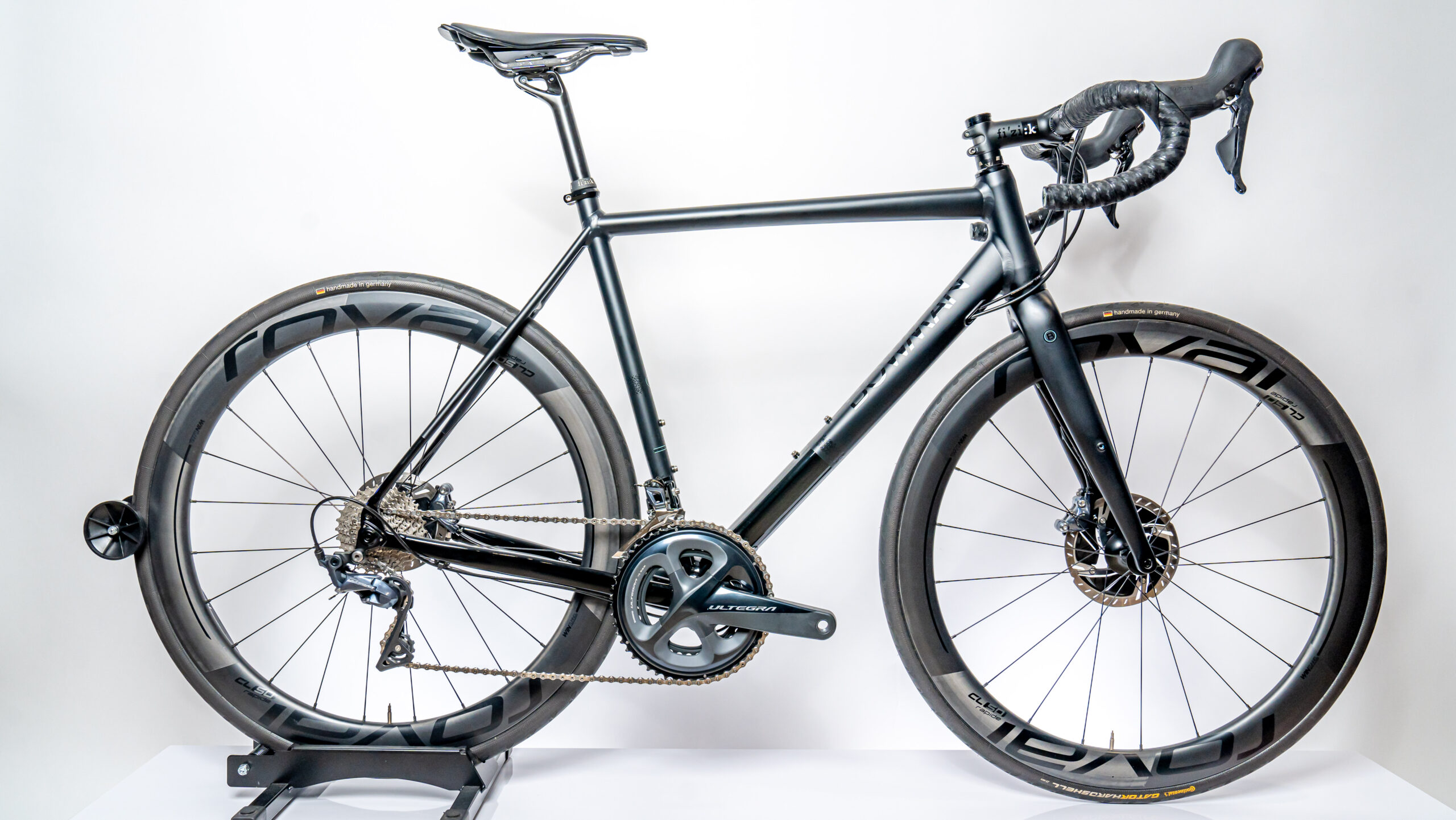
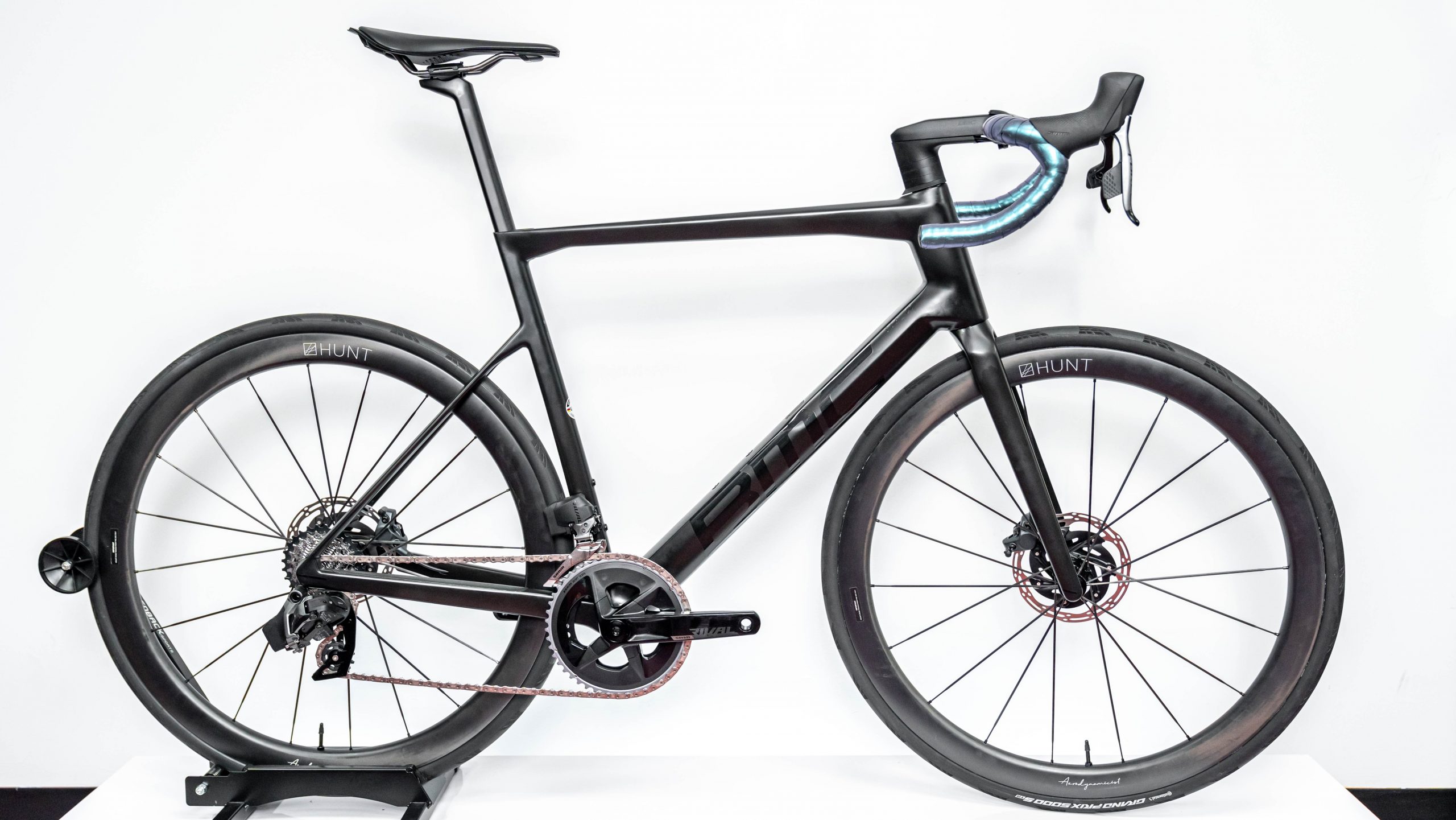
Still have questions?
All of this jargon and information is great, but there is also a chance that it possibly further complicated matters for you. You might be asking yourself, “Is there really that big of a difference?” “Do I need to go faster?” “Is the extra cost going to be worth it?” These are all valid questions! Some additional suggestions to help you out would be to focus on two or three bike options that would work for you and your budget, talk to others in your cycling community about what their thoughts are on their respective bikes, read some forums about the bikes that you have identified as being a good fit for you, and then find a shop that carries said bikes so you can hopefully do a few test rides. If possible, see if you can get out there for a few miles on each bike so you can get a good idea of how it feels. One note, though… There can be a pretty big difference between how the bikes feel based on wheels and drivetrain, so be sure to keep this in mind when doing your test rides. In an ideal world, using the same wheels would be a great way to better compare apples to apples, but that might be asking a bit much of your LBS.
We are here for you!
We hope this helps you in your quest to research bikes! Hopefully you have a few bikes in mind now, or at least what kind of frame your future bike will have. There is also a lot to be said when it comes to wheels, drivetrains, and other components, so stay tuned for another entry that will hopefully be of help through your bike selection process! If you have any questions, are considering a bike that we carry at the Dialed Cycling Lab, or need some assistance with anything, don’t hesitate to reach out as we are always happy to help!


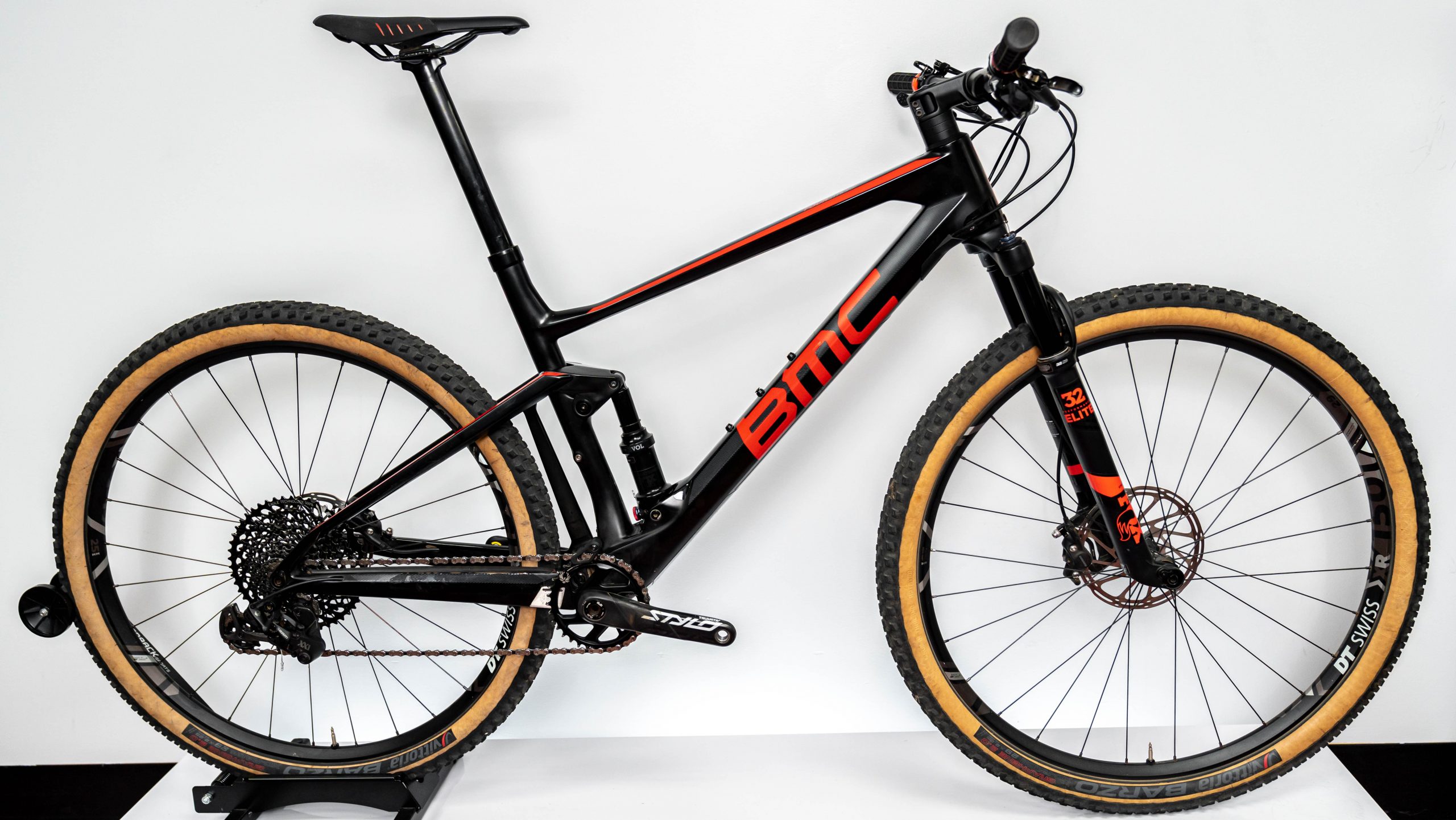
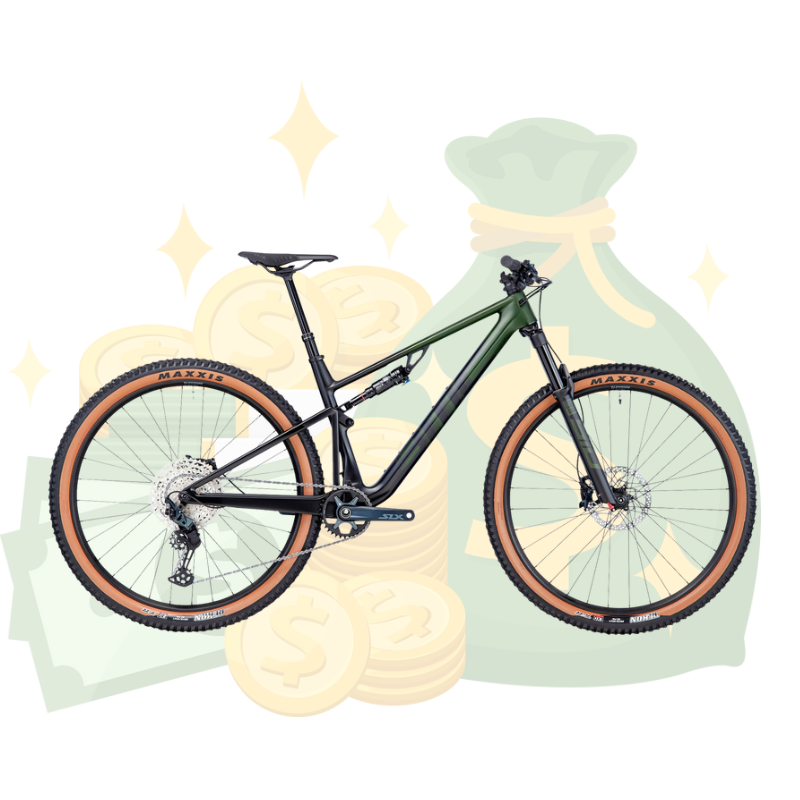

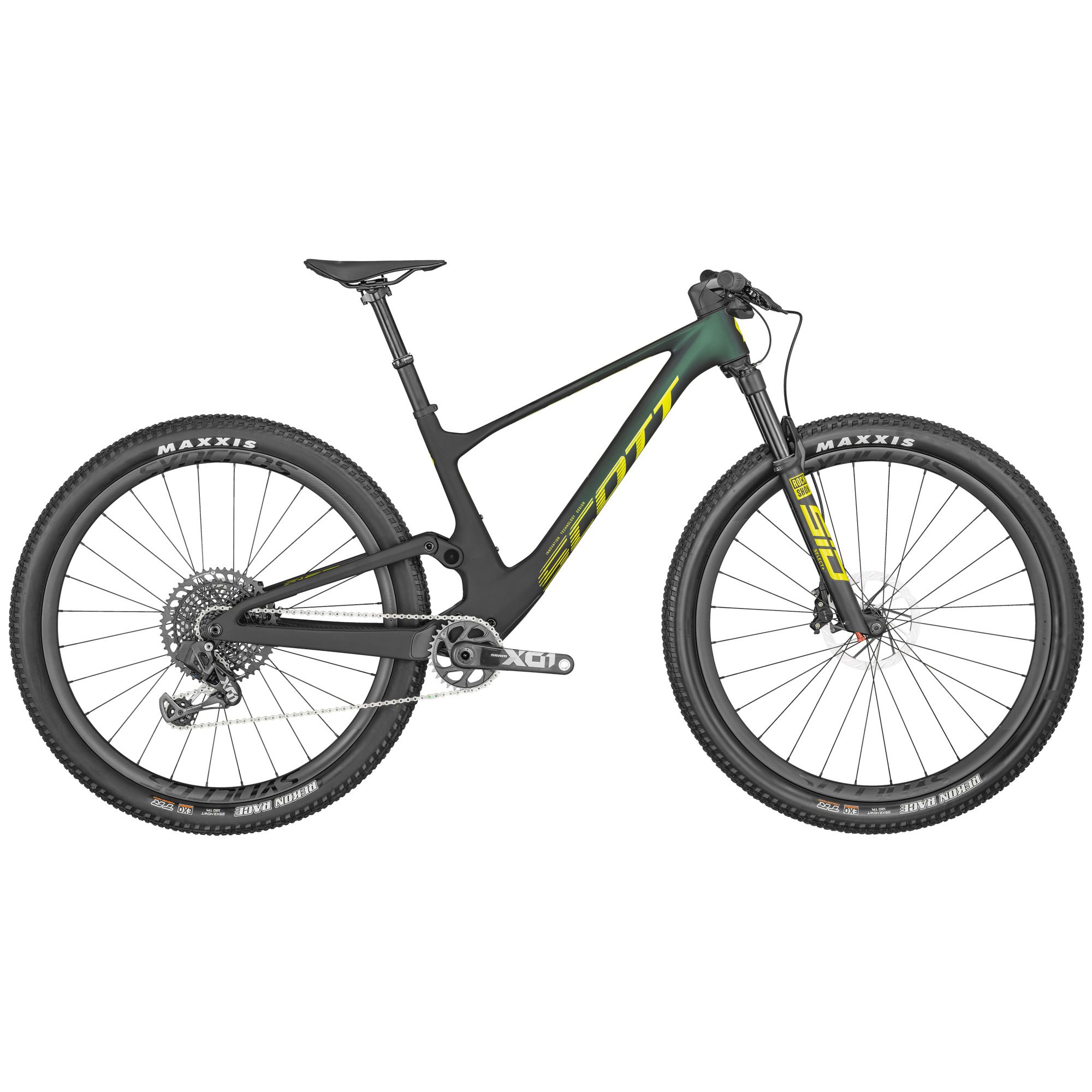
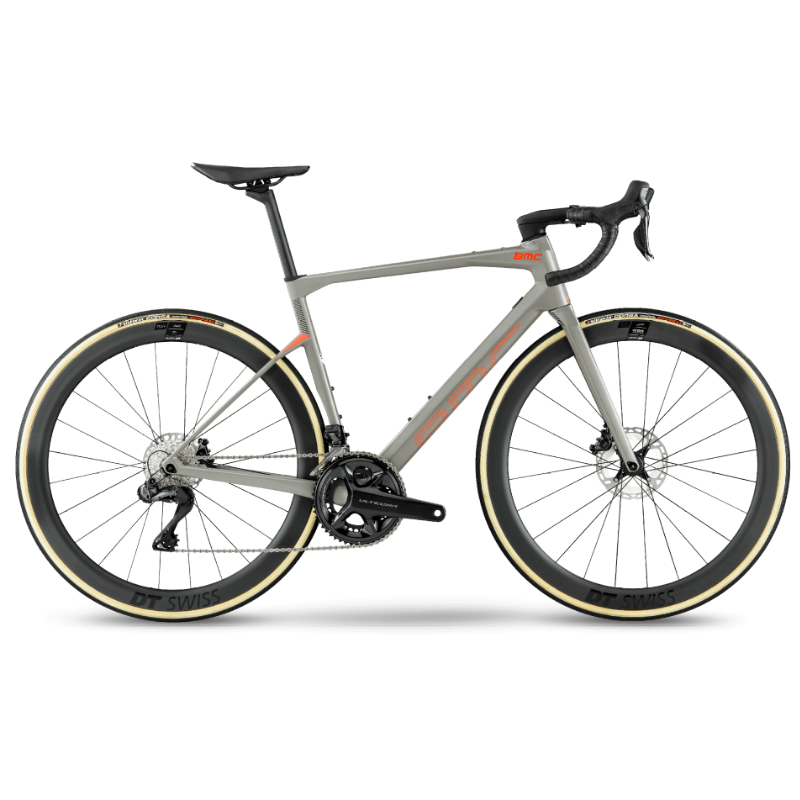

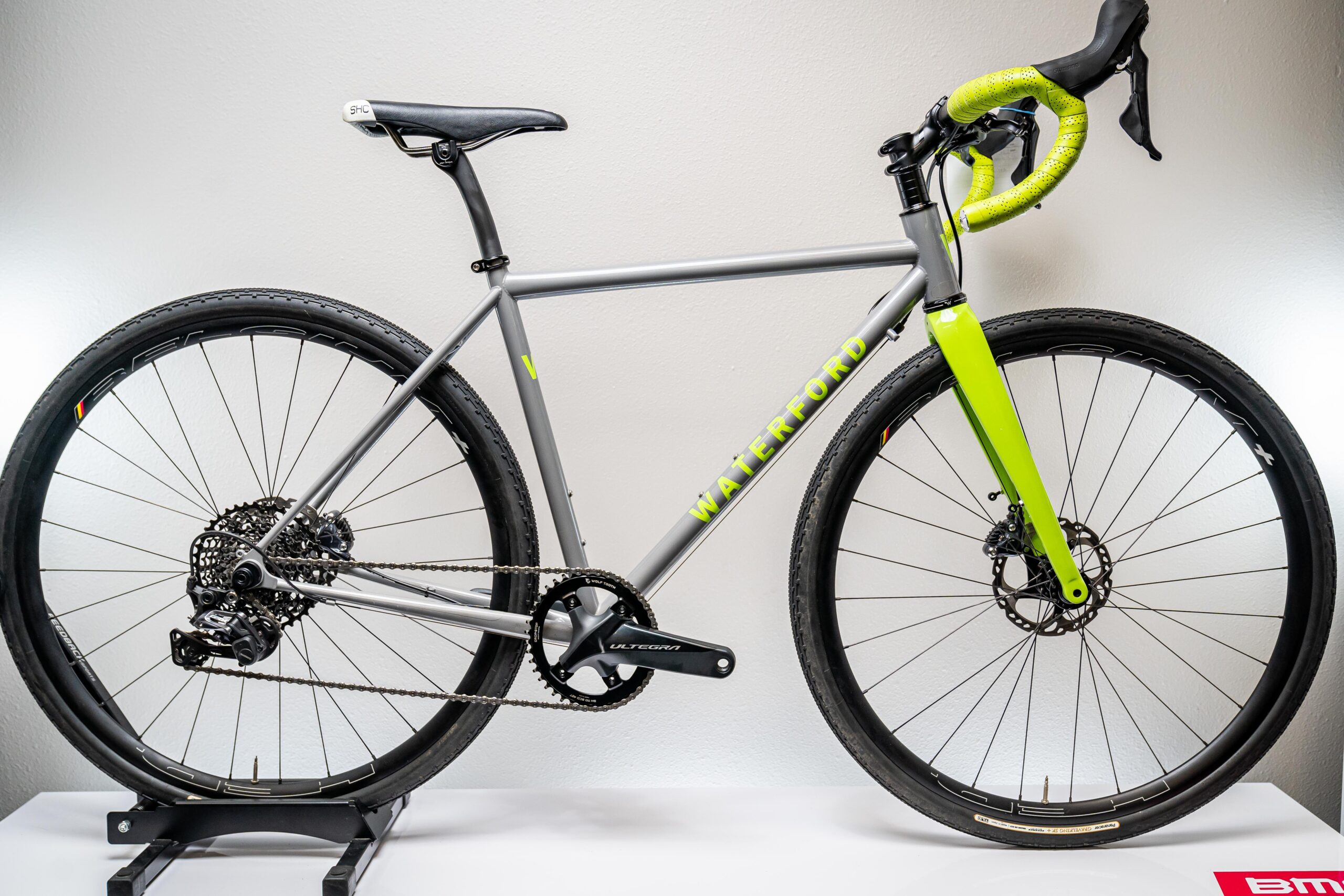
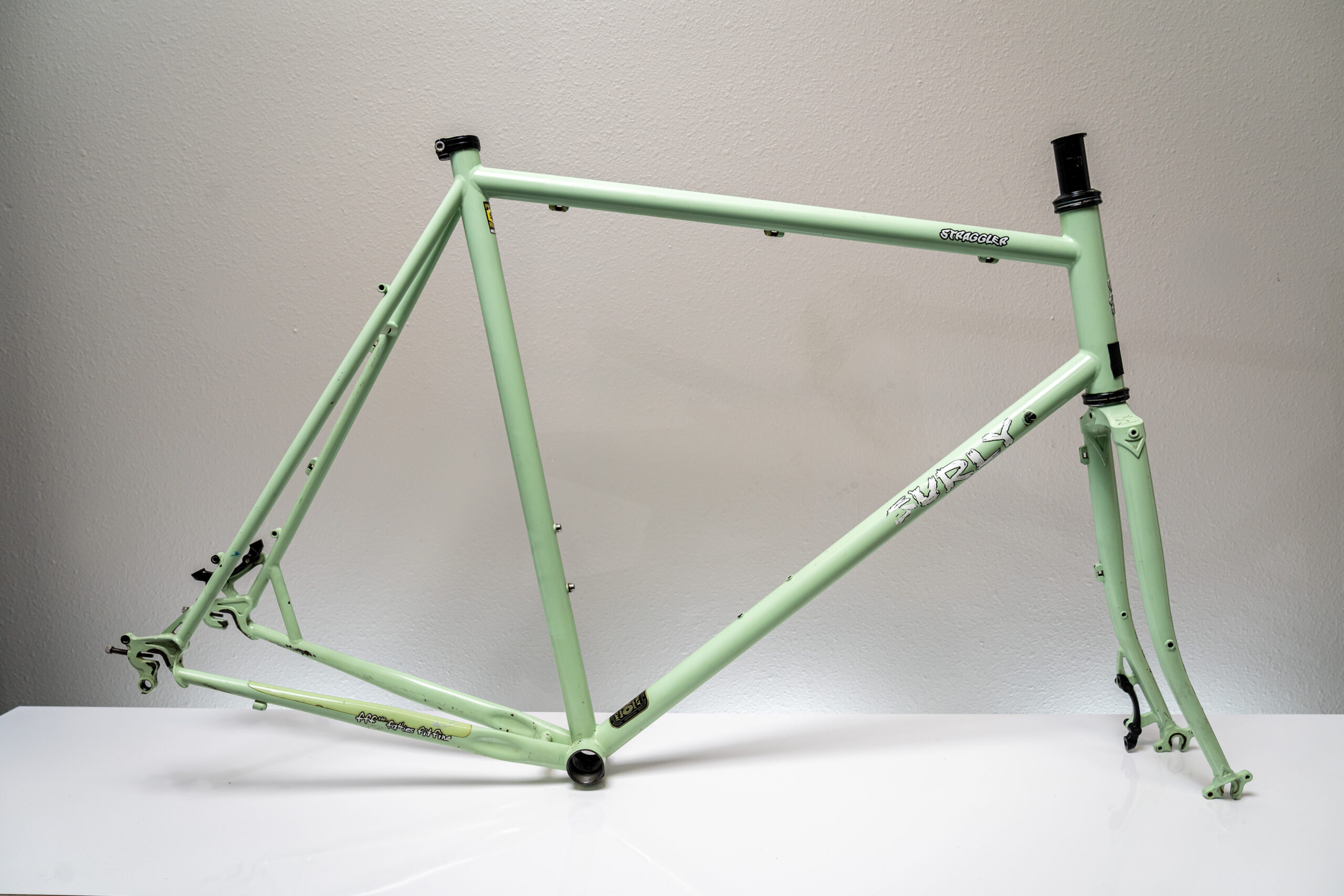
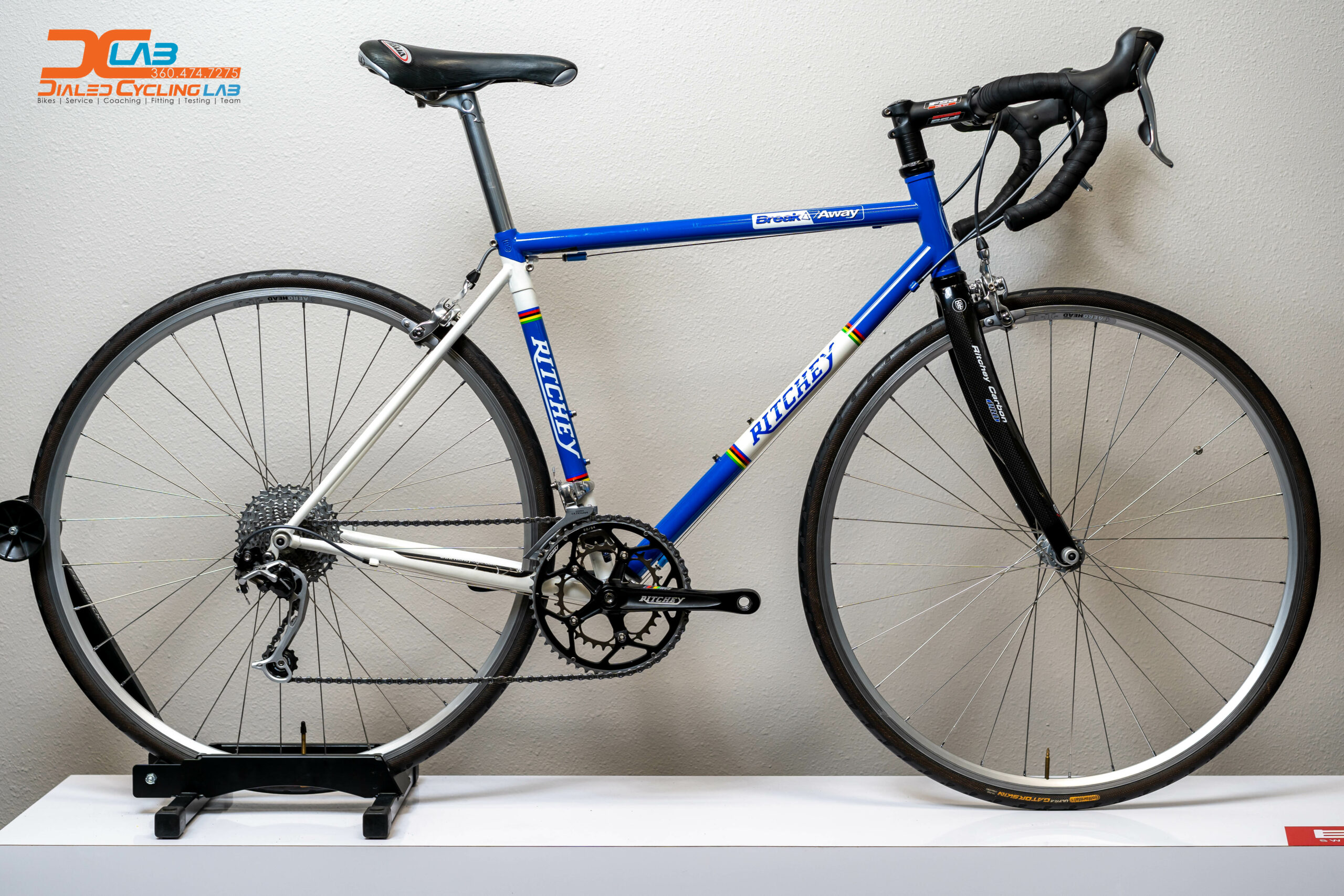

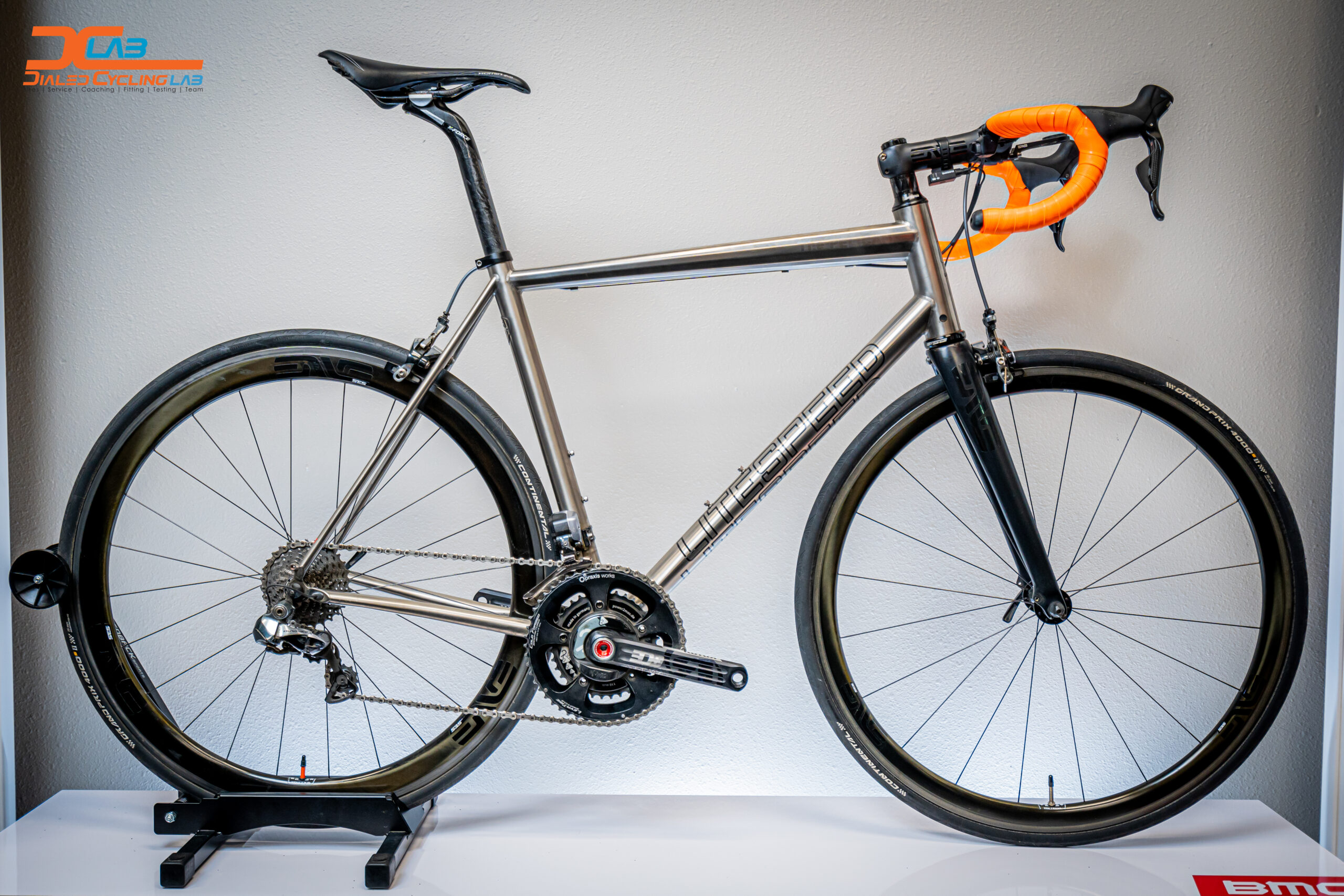



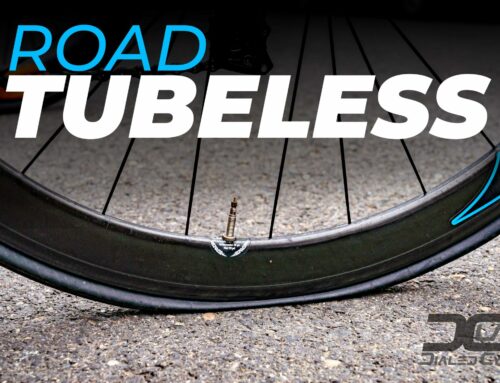
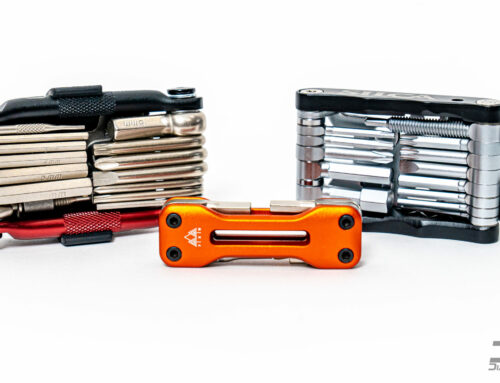
Leave A Comment
You must be logged in to post a comment.